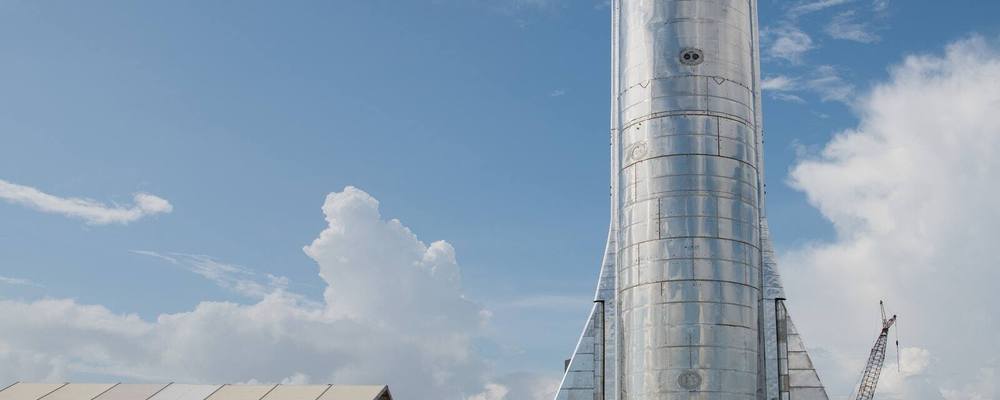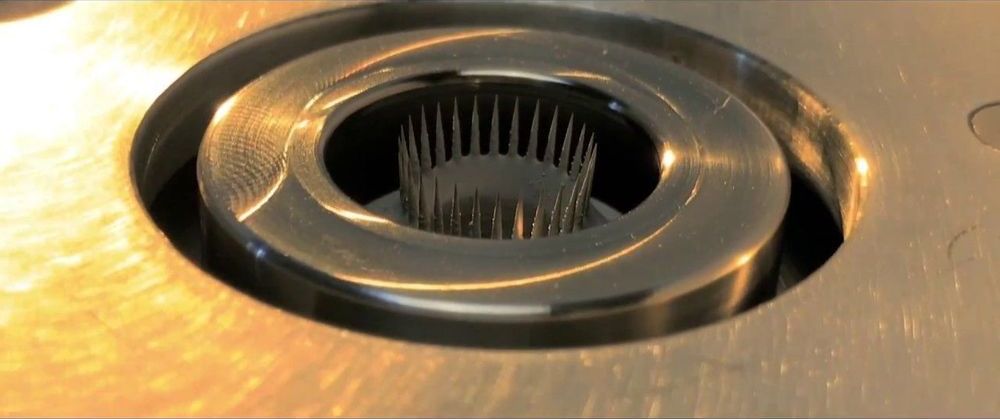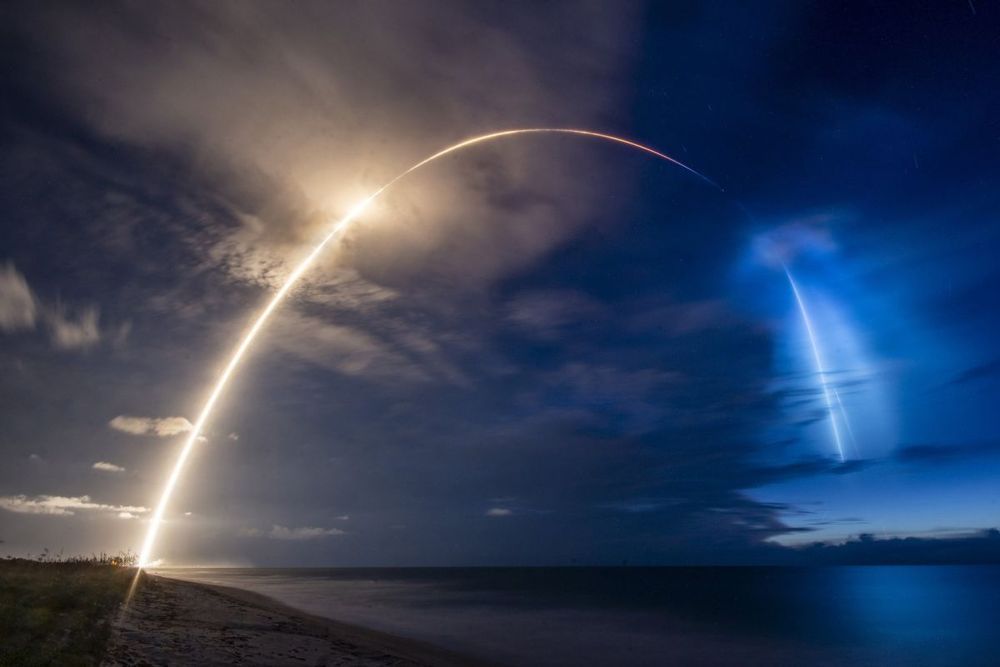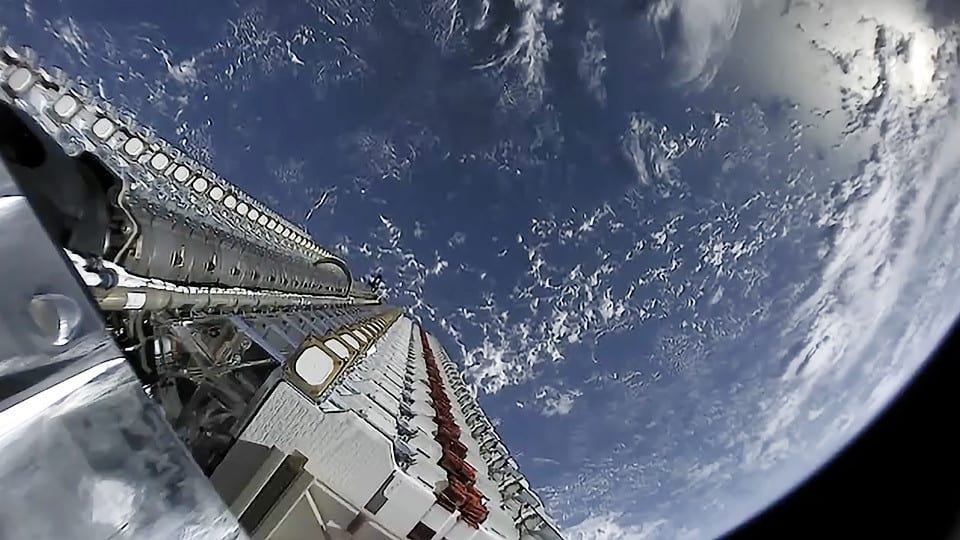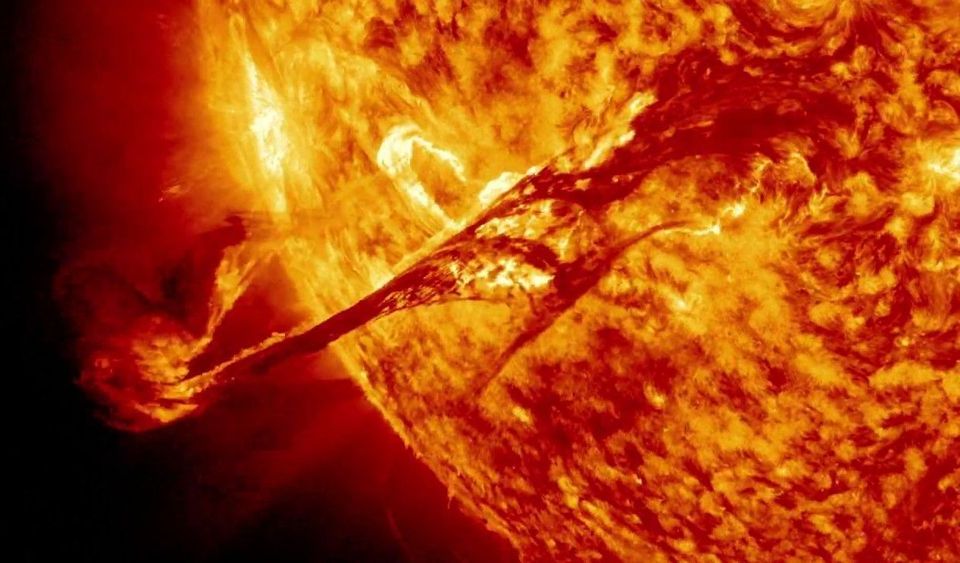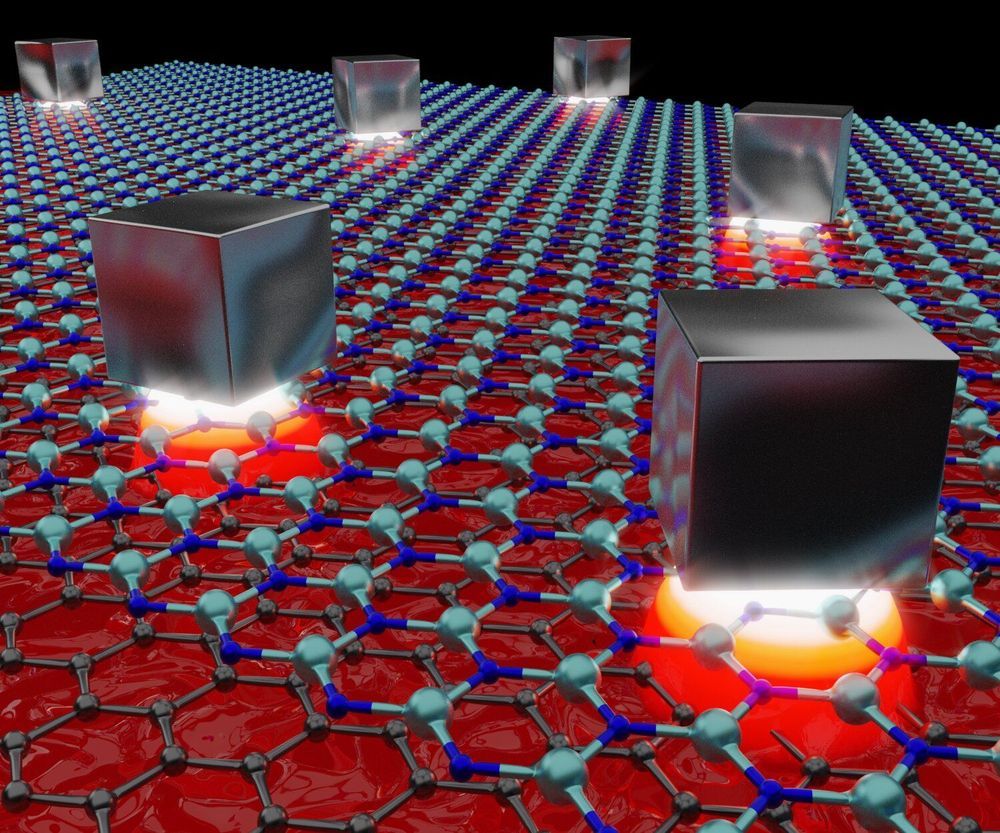A new visualization shows the SpaceX Starship releasing new Starlink satellites.
Category: satellites – Page 132
Its performance is equally microscopic, only generating anywhere between 10 to 400 micronewtons — a tiny fraction of the power of a toy rocket.
But in space, even that low amount of power can allow satellites to hold their positions, and even gradually deorbit to make sure they’re out of harm’s way and don’t become space debris.
On the opposite end of the spectrum, a European-Japanese ion thruster used for the Mercury-bound spacecraft BepiColombo broke the record for the most powerful ion thruster in 2018. Its performance tops out at a maximum combined 290 millinewtons (290,000 micronewtons).
A similar glow is sometimes seen by astronauts on the space station when they look to the Earth’s limb.
The glow comes from oxygen atoms when they’re excited by sunlight.
The phenomenon has long been predicted to occur on other planets, but the Trace Gas Orbiter (TGO) — a joint European-Russian satellite at Mars — is the first to make the observation beyond Earth.
Were they paratroopers with flashlights, satellites or, as Internet users point out, a flying saucer?
SpaceX successfully launched its first Starlink rideshare mission into orbit today (June 13), lofting 58 Starlink internet satellites along with three Earth-observation satellites before nailing a rocket landing at sea.
SpaceX updated the website for its Starlink satellite internet project on Friday, as the company continues to move closer to its goal of offering direct-to-consumer broadband from space later this year.
“Get updates on Starlink news and service availability in your area,” the website reads, with a submission form for an email address and zip code. The form allows prospective customers to apply for updates and access to a public beta test of the Starlink service.
SpaceX has promised that future Starlink satellites will have sunshades so they don’t blocks astronomers’ views of the stars.
Speed as important as size in predicting potentially damaging impacts of coronal mass ejections.
Space weather forecasters need to predict the speed of solar eruptions, as much as their size, to protect satellites and the health of astronauts, scientists have found.
Scientists at the University of Reading found that by calculating the speed of coronal mass ejections (CMEs) when they hit Earth, forecasters could provide more useful early warnings. This would help operators of critical infrastructure such as satellites know if they need to take evasive action or switch off systems to protect them, and warn astronauts when they need to shelter inside shielded parts of the International Space Station.
Miniaturization has enabled technology like smartphones, health watches, medical probes and nano-satellites, all unthinkable a couple decades ago. Just imagine that in the course of 60 years, the transistor has shrunk from the size of your palm to 14 nanometers in dimension, 1000 times smaller than the diameter of a hair.
Miniaturization has pushed technology to a new era of optical circuitry. But in parallel, it has also triggered new challenges and obstacles, for example, controlling and guiding light at the nanometer scale. Researchers are looking for techniques to confine light into extremely tiny spaces, millions of times smaller than current ones. Studies had earlier found that metals can compress light below the wavelength-scale (diffraction limit).
In that aspect, graphene, a material composed from a single layer of carbon atoms, which exhibits exceptional optical and electrical properties, is capable of guiding light in the form of plasmons, which are oscillations of electrons that strongly interact with light. These graphene plasmons have a natural ability to confine light to very small spaces. However, until now, it was only possible to confine these plasmons in one direction, while the actual ability of light to interact with small particles like atoms and molecules resides in the volume into which it can be compressed. This type of confinement in all three dimensions is commonly regarded as an optical cavity.
